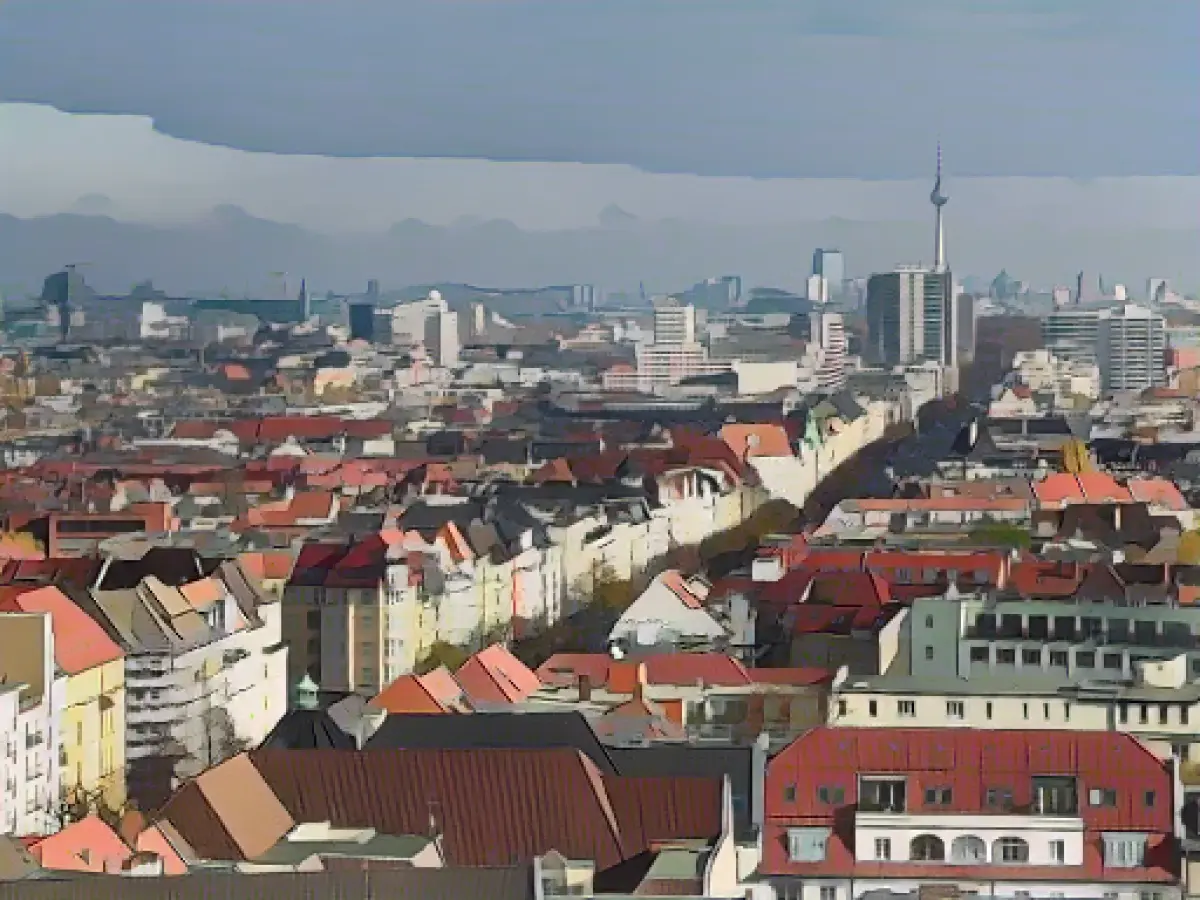Berlin wants to test the use of magnetic levitation trains
Berlin wants to test the use of a magnetic levitation train in the capital on a five-kilometer pilot route. This was announced by the chairman of the CDU parliamentary group, Dirk Stettner. He is also a supporter of the subway network, but also sees the advantages of the magnetic levitation train. The main advantage is that the lines can be built much more quickly and cheaply than new subway lines.
Another advantage, not least in view of the shortage of skilled workers at Berlin's public transport company (BVG), is that the magnetic levitation train is driverless. Several Berlin media had previously reported on this. According to these reports, an agreement has been reached with the coalition partner SPD.
80 to 85 million euros for the test track
Stettner quoted the costs for the test track at 80 to 85 million euros. There is no item for this in the new double budget. The pilot project is to be financed from the special climate protection fund, for which five billion euros are initially earmarked and from which the black-red government coalition intends to pay for climate protection measures that will contribute to Berlin becoming climate-neutral before 2045.
Stettner did not specify where the pilot route could run through the city. It is also not yet clear when construction will begin.
The idea of a maglev train floating through Berlin is not new. The CDU has raised the issue several times. A route from the outskirts of the city to the capital's BER airport was also discussed. However, transport senator Manja Schreiner was cautious in June and pointed out that, in her opinion, there was already a good connection to BER, which would be further improved by the completion of the Dresdner Bahn railroad line, for example.
There had already been an M-Bahn (magnetic railroad) in Berlin since 1984, initially in test operation and for a short time also in regular operation, which was ended after reunification in 1991.
The announcement of testing magnetic levitation trains in Berlin has gained support from various political figures, including those in the Senate and the House of Representatives. The Senate, specifically, has not yet decided on the exact route for the five-kilometer pilot route, but past discussions have included a potential route from the city outskirts to the BER airport.
The construction of the test track for the magnetic levitation train is expected to cost between 80 to 85 million euros, and the funding for this project will come from the special climate protection fund. This fund, with an initial budget of five billion euros, will be used to finance climate protection measures aiming to make Berlin climate-neutral before 2045.
In preparations for the test running of magnetic levitation trains, traffic in and around the pilot route will need to be carefully managed to minimize any potential disruptions. Considering that magnetic levitation trains are driverless, this could mean adjustments to existing traffic management systems and regulations within the city.
Source: www.dpa.com








